JPL News-Month in Review, NASA-Climate Change, May 2022
NASA Jet Propulsion Laboratory <jplnewsroom@jpl.nasa.gov>
EARTH
|
NASA Finds New Way to Monitor Underground Water Loss
International Sea Level Satellite Takes Over From Predecessor
Thawing Permafrost Could Leach Microbes, Chemicals Into Environment
NASA Finds Each State Has Its Own Climatic Threshold for Flu Outbreaks
California Fire Led to Spike in Bacteria, Cloudiness in Coastal Waters
NASA Supports Research to Advance Earth Science
Sea Level to Rise up to a Foot by 2050, Interagency Report Finds
|
New Space-Based Weather Instruments Start Gathering Data
NASA’s Mars Helicopter Scouts Ridgeline for Perseverance Science Team
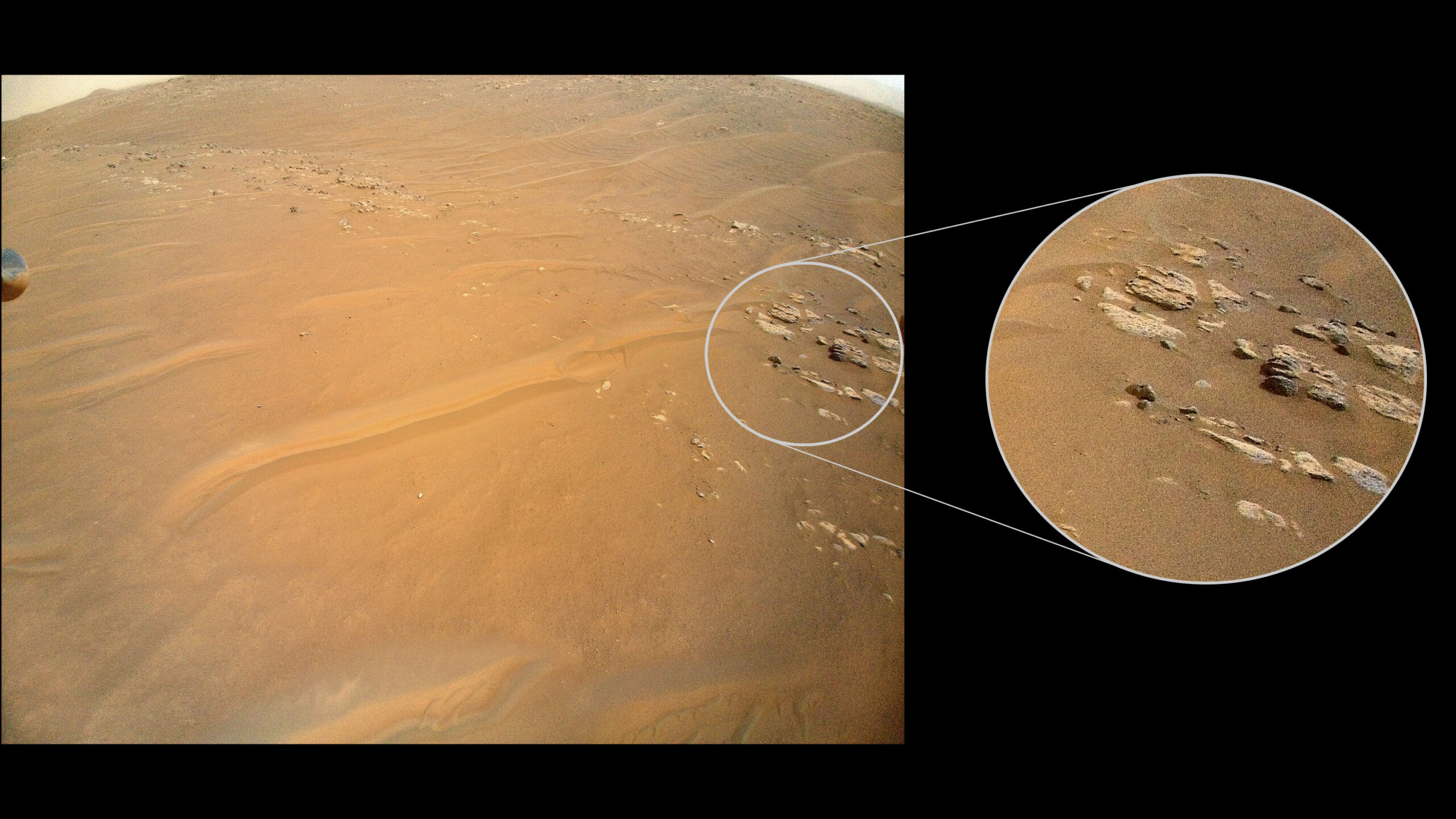 NASA’s Ingenuity Mars Helicopter scouted this ridgeline near the ancient river delta in Jezero Crater because it is of interest to Perseverance rover scientists. Enlarged at right is a close-up of one of the ridgeline’s rocky outcrops. The image was captured on April 23, during the rotorcraft’s 27th flight.
NASA’s Ingenuity Mars Helicopter scouted this ridgeline near the ancient river delta in Jezero Crater because it is of interest to Perseverance rover scientists. Enlarged at right is a close-up of one of the ridgeline’s rocky outcrops. The image was captured on April 23, during the rotorcraft’s 27th flight.
Credit: NASA/JPL-Caltech
For more information, please visit the following link:
https://www.jpl.nasa.gov/news/nasas-mars-helicopter-scouts-ridgeline-for-perseverance-science-team
|
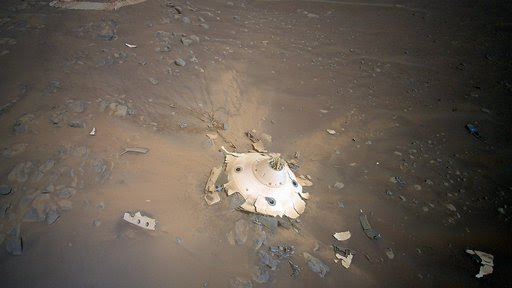 This image of Perseverance’s backshell and parachute was collected by NASA’s Ingenuity Mars Helicopter during its 26th flight on April 19, 2022.
This image of Perseverance’s backshell and parachute was collected by NASA’s Ingenuity Mars Helicopter during its 26th flight on April 19, 2022.
Credit: NASA/JPL-Caltech
NASA’s Mars Helicopter Spots Gear That Helped Perseverance Rover Land
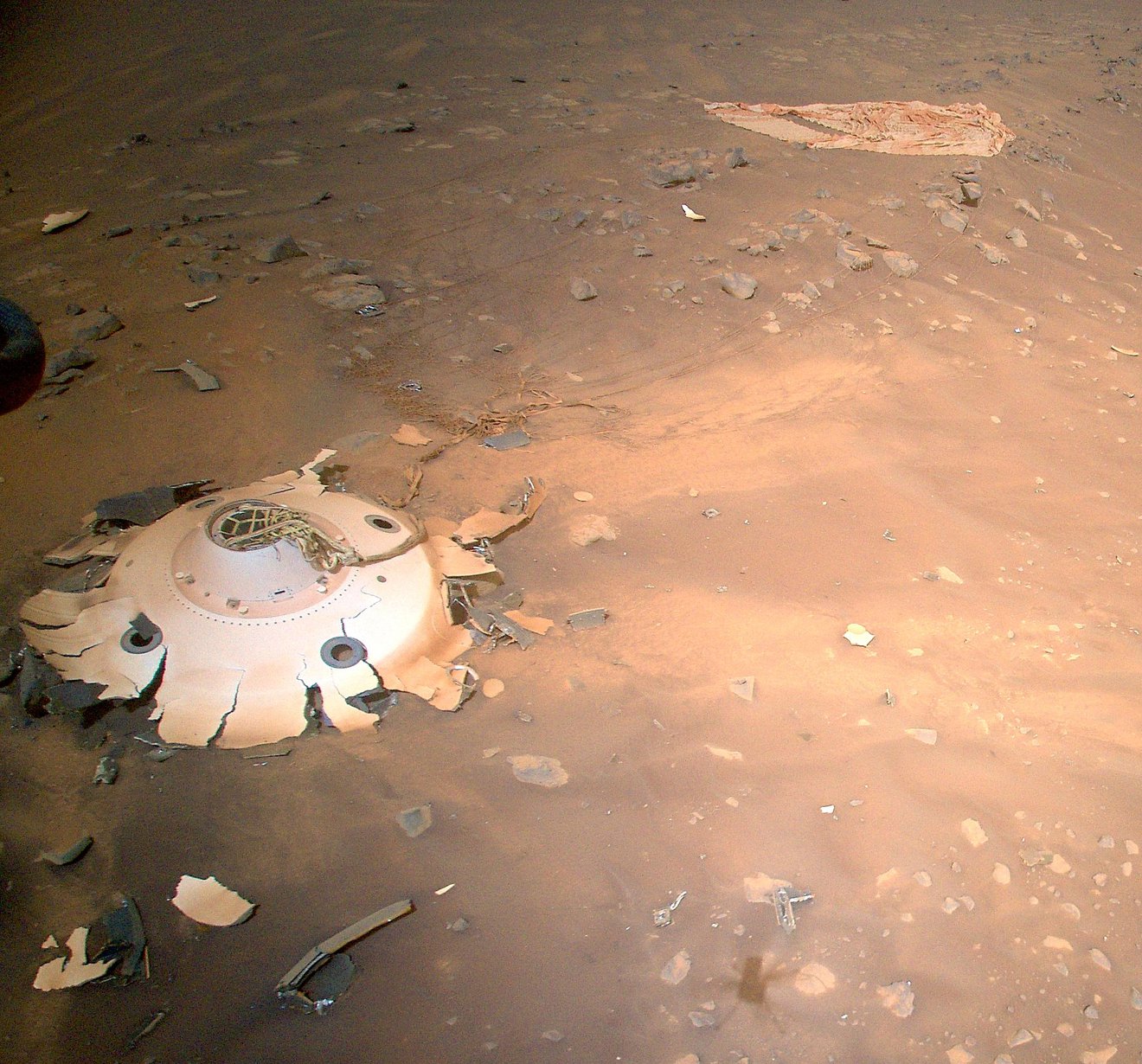 This image of Perseverance’s backshell and supersonic parachute was captured by NASA’s Ingenuity Mars Helicopter during its 26th flight on Mars on April 19, 2022.
This image of Perseverance’s backshell and supersonic parachute was captured by NASA’s Ingenuity Mars Helicopter during its 26th flight on Mars on April 19, 2022.
Credit: NASA/JPL-Caltech
|
 The surface geology of Jupiter’s icy moon Europa is on display in this view made from images taken by NASA’s Galileo spacecraft in the late 1990s.
The surface geology of Jupiter’s icy moon Europa is on display in this view made from images taken by NASA’s Galileo spacecraft in the late 1990s.
Credit: NASA/JPL-Caltech/SETI Institute
Greenland Ice, Jupiter Moon Share Similar Feature
 A double ridge cutting across the surface of Europa is seen in this mosaic of two images taken by NASA’s Galileo during the spacecraft’s close flyby on Feb. 20, 1997. Analysis of a similar feature in Greenland suggests shallow liquid water may be ubiquitous across the Jovian moon’s icy shell.
A double ridge cutting across the surface of Europa is seen in this mosaic of two images taken by NASA’s Galileo during the spacecraft’s close flyby on Feb. 20, 1997. Analysis of a similar feature in Greenland suggests shallow liquid water may be ubiquitous across the Jovian moon’s icy shell.
Credit: NASA/JPL/ASU
| SOLAR SYSTEM |
| NASA Extends Exploration for 8 Planetary Science Missions |
|
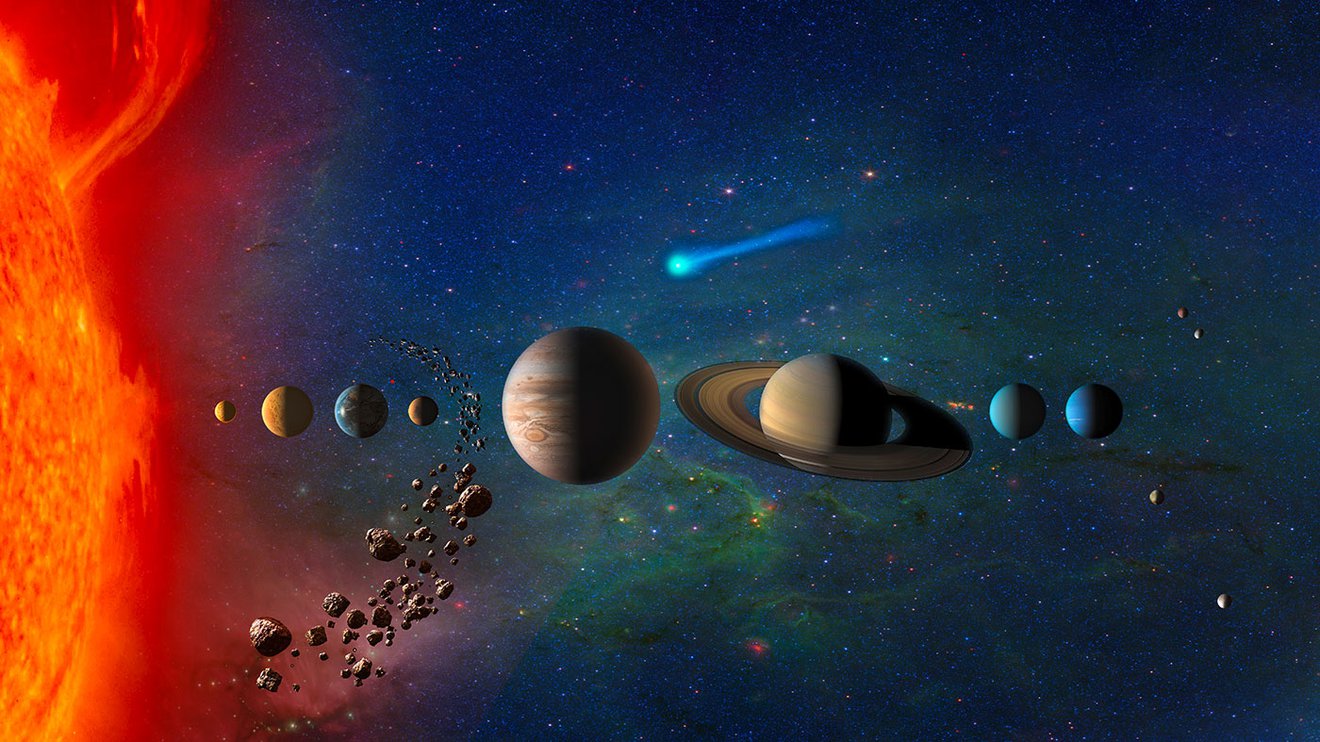 An illustration shows our solar system (not to scale).
An illustration shows our solar system (not to scale).
Credit: NASA/JPL-Caltech
|
For more information, please visit the following link:
https://www.jpl.nasa.gov/news/nasa-extends-exploration-for-8-planetary-science-missions
NASA’s Perseverance Rover Captures Video of Solar Eclipse on Mars
April 20, 2022
The Mastcam-Z camera recorded video of Phobos, one of the Red Planet’s two moons, to study how its orbit is changing over time.
NASA’s Perseverance Mars rover used its Mastcam-Z camera to shoot video of Phobos, one of Mars’ two moons, eclipsing the Sun. It’s the most zoomed-in, highest-frame-rate observation of a Phobos solar eclipse ever taken from the Martian surface. Credit: NASA/JPL-Caltech/ASU/MSSS/SSI Full Image Details
NASA’s Perseveranc
NASA’s Perseverance Rover Captures Video of Solar Eclipse on Mars
NASA’s Perseverance Rover Sees Solar Eclipse on Mars
Apr 20, 2022 NASA Jet Propulsion Laboratory
NASA’s Perseverance Mars rover used its Mastcam-Z camera system to shoot video of Phobos, one of Mars’ two moons, eclipsing the Sun. It’s the most zoomed-in, highest frame-rate observation of a Phobos solar eclipse ever taken from the Martian surface. Several Mars rovers have observed Phobos crossing in front of the Sun over the past 18 years. Spirit and Opportunity made the first observations back in 2004; Curiosity in 2019 was the first to record video of the event. Each time these eclipses are observed, they allow scientists to measure subtle shifts in Phobos’ orbit over time. The moon’s tidal forces pull on the deep interior of the Red Planet, as well as its crust and mantle; studying how much Phobos shifts over time reveals something about how resistant the crust and mantle are, and thus what kinds of materials they’re made of. The Mars 2020 Perseverance mission is part of NASA’s Moon to Mars exploration approach, which includes Artemis missions to the Moon that will help prepare for human exploration of the Red Planet. Credit: NASA/JPL-Caltech/ASU/MSSS/SSI
NASA’s Perseverance Rover Arrives at Delta for New Science Campaign
April 19, 2022
NASA’s Perseverance Rover Arrives at Delta for New Science Campaign
The expanse of Jezero Crater’s river delta is shown in this panorama of 64 stitched-together images taken by the Mastcam-Z system on NASA’s Perseverance Mars rover on April 11, 2022, the 406th Martian day, or sol, of the mission. Credit: NASA/JPL-Caltech/ASU/MSSS Full Image Details
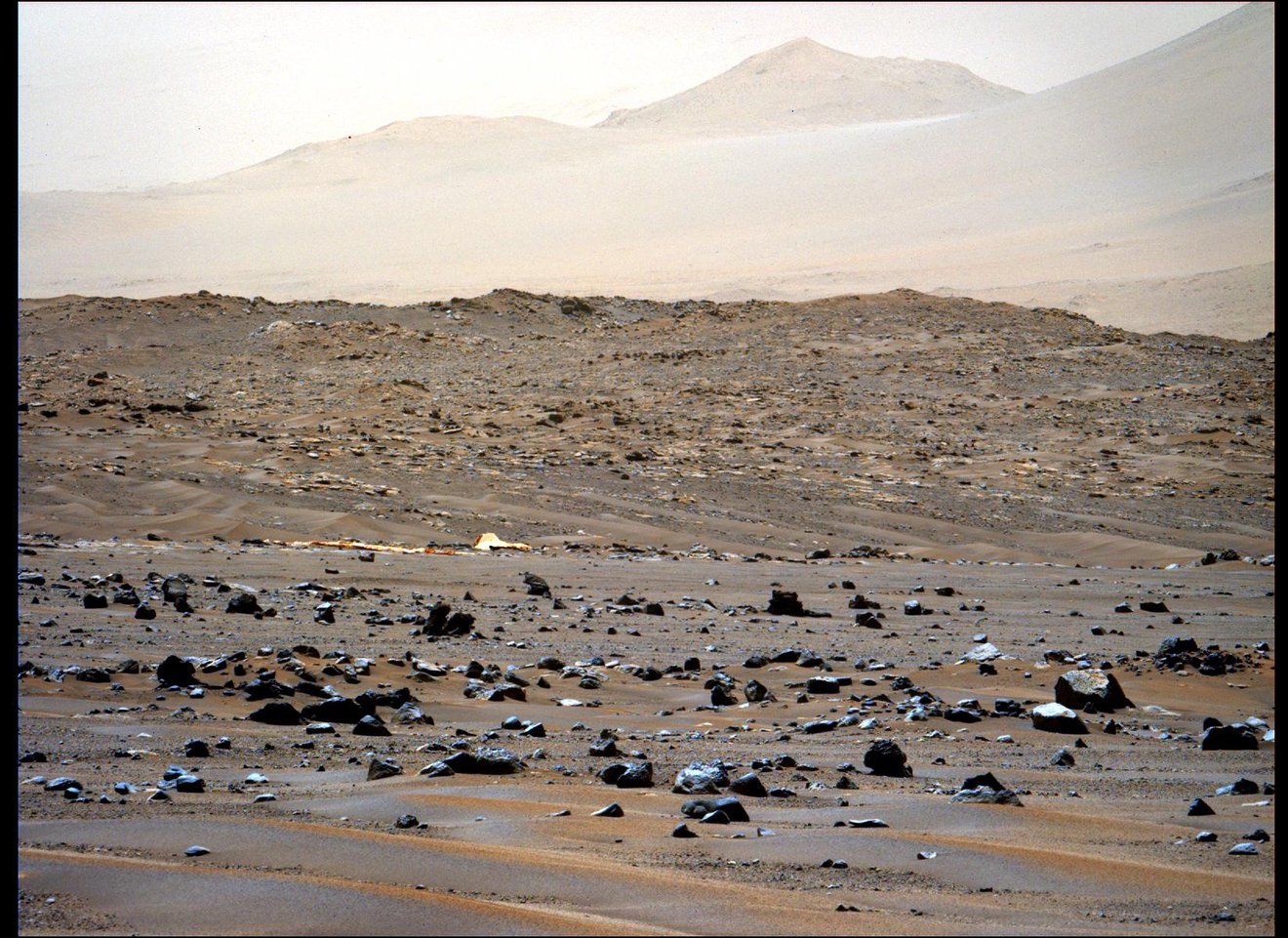 This image of the parachute that helped deliver NASA’s Perseverance Mars rover to the Martian surface was taken by the rover’s Mastcam-Z instrument on April 6, 2022.
This image of the parachute that helped deliver NASA’s Perseverance Mars rover to the Martian surface was taken by the rover’s Mastcam-Z instrument on April 6, 2022.
Credit: NASA/JPL-Caltech/ASU/MSSS
“The delta at Jezero Crater pr
For more information, please visit the following link:
https://www.jpl.nasa.gov/news/nasas-perseverance-rover-arrives-at-delta-for-new-science-campaign
What Sounds Captured by NASA’s Perseverane Rover Reveal About Mars
NASA’s Perseverance Rover Captures Puff, Whir, Zap Sounds from Mars
Apr 1, 2022 NASA Jet Propulsion Laboratory
Listen closely to new sounds from Mars recorded by NASA’s Perseverance Mars rover, including puffs and pings from a rover tool, light Martian wind, the whirring of the agency’s Ingenuity Mars Helicopter, and laser zaps. Most of the sounds – best heard through headphones with the sound up – were recorded using the microphone belonging to Perseverance’s SuperCam instrument, mounted on the head of the rover’s mast. Other sounds, including the puffs and pings from the rover’s Gaseous Dust Removal Tool, or gDRT, blowing shavings off rock faces, were recorded by another microphone mounted on the chassis of the rover. A new study based on recordings made by the rover reveals that the speed of sound is slower on the Red Planet than on Earth and that, mostly, a deep silence prevails in the much thinner atmosphere. For more information on the study go to: https://www.jpl.nasa.gov/news/what-so… For more about Perseverance go to mars.nasa.gov/mars2020/ and nasa.gov/perseverance. Credit: NASA/JPL-Caltech/ASU/MSSS/LANL/CNES/IRAP
 This illustration indicates the placement of Perseverance’s two microphones. The microphone on the mast is part of the SuperCam science instrument. The microphone on the side of the rover was intended to capture the sounds of entry, descent, and landing for public engagement.
This illustration indicates the placement of Perseverance’s two microphones. The microphone on the mast is part of the SuperCam science instrument. The microphone on the side of the rover was intended to capture the sounds of entry, descent, and landing for public engagement.
Credit: NASA/JPL-Caltech
JPL LIFE
NASA Wins 3 Webby Awards, 5 People’s Voice Awards for 2022
April 27, 2022
 The awards are the highest honor for online communications.
The awards are the highest honor for online communications.
Credit: Webby Awards
The JPL-managed NASA’s Global Climate Change and Solar System Exploration sites, along with JPL’s virtual tour, are among the winners.
| Read More
JPL LIFE |
| JPL Commits to First-Ever Space Industry Diversity Pledge |
| Interim Director Larry James joined 22 executives in a commitment to significantly increase the number of women and employees from underrepresented groups by 2030. Read More |
|
|
 Inclusion is a JPL core value.
Inclusion is a JPL core value.
Credit: NASA/JPL-Caltech
Interim Director Larry James joined 22 executives in a commitment to significantly increase the number of women and employees from underrepresented groups by 2030.
Twenty-three space industry executives, including Larry James, interim director of NASA’s Jet Propulsion Laboratory, gathered at the 37th Space Symposium in Colorado Springs, Colorado, on April 5 to pledge their commitment to advancing diversity across the collective workforce in coming years.
The executives signed the “Space Workforce 2030” pledge, the first-ever space industry commitment of its kind to “significantly increase the number of women and employees from underrepresented groups.” Each company will agree to annual reporting of data on diversity in our collective technical workforce, a regular cadence of exchanges of best practices, and work with universities to increase the number of diverse and underrepresented students graduating ready to join the space industry.
“We’re excited to be a part of this industry initiative and continuing to lead the way in growing our diverse and inclusive workforce,” said James. “We know that these qualities lead to stronger teams and innovative solutions – key things we need here at JPL as we tackle the toughest challenges in science and engineering.”
Cozette Hart, JPL’s director for human resources, is proud of JPL’s partnership in this effort.
“We’ve shared JPL DEI data in our annual report, so the unification and commitment of our industry to broaden this work is an extremely positive step for all of us,” said Hart.
Neela Rajendra, the Lab’s manager of diversity, equity, and inclusion, acknowledged the importance of being part of a cohort of other aerospace organizations where companies can identify trends and learn from each other.
“This is industry-specific and even more powerful,” she said. “There’s a recognition that if we can advance diversity, equity, and inclusion for the industry as a whole, we’ll all benefit from it.”
Collaboration also helps JPL refine its diversity focus areas as the Lab continues to develop its strategic plan, Rajendra added.
By signing the pledge, the companies vow to accomplish the following by 2030:
- Significantly increase the number of women and employees from underrepresented groups in our collective technical workforce.
- Significantly increase the number of women and employees from underrepresented groups who hold senior leadership positions in our collective technical workforce.
- Work with universities to increase the percentages of women and students from underrepresented groups receiving aerospace engineering degrees to levels commensurate with overall engineering programs.
- Sponsor K-12 programs that collectively reach over 5 million underrepresented students annually.
- Meet twice a year at the working level to exchange best practices on strengthening diversity recruitment, STEM education outreach, and representation at leadership levels.
- Seek like-minded leaders and organizations to join this effort.
“This effort links to the DEI recruitment efforts already in place at JPL,” shared Hart. “In partnership with these companies and our universities, colleges, and organizations such as Society of Women Engineers (SWE), National Society of Black Engineers (NSBE), etc., we will be implementing even more opportunities for current and potential employees in the future.”
“Essentially, we’re committing to continuing the focus on our talent pipeline and really supporting future employees,” said Rajendra. “It’s about ensuring that all students and future talent have the opportunity to join the technical fields in aerospace regardless of background, socioeconomic status, or self-identity.”
Find the full list of “Space Workforce 2030” signatories below:
- Roy Azevedo, president of Raytheon Intelligence & Space
- Payam Banazadeh, CEO at Capella Space
- Peter Beck, CEO at Rocket Lab
- Tory Bruno, CEO at United Launch Alliance
- Jim Chilton, senior VP of Space & Launch at Boeing
- Michael Colglazier, CEO at Virgin Galactic
- Eileen Drake, CEO and president of AeroJet Rocketdyne
- Tim Ellis, CEO at Relativity Space
- John Gedmark, CEO at Astranis Space Technologies
- Steve Isakowitz, CEO at The Aerospace Corporation
- Larry James, acting director at NASA Jet Propulsion Laboratory
- Daniel Jablonsky, CEO at Maxar Technologies
- Dave Kaufman, president of Ball Aerospace
- Chris Kemp, CEO at Astra
- Robert Lightfoot, executive vice president of Lockheed Martin Space
- Will Marshall, CEO at Planet
- Dan Piemont, president of ABL Space Systems
- Peter Platzer, CEO at Spire Global
- John Serafini, CEO at HawkEye 360
- Gwynne Shotwell, president and chief operating officer of SpaceX
- Melanie Stricklan, CEO at Slingshot Aerospace
- Amela Wilson, CEO at Nanoracks
- Tom Wilson, president of Space Systems at Northrop Grumman
News Media Contact
Matthew Segal
Jet Propulsion Laboratory, Pasadena, Calif.
818-354-8307
2022-052
Get the Latest JPL News
| STARS AND GALAXIES |
| Webb Telescope’s Coldest Instrument Reaches Operating Temperature |
| With help from a cryocooler, the Mid-Infrared Instrument has dropped down to just a few degrees above the lowest temperature matter can reach and is ready for calibration. Read More |
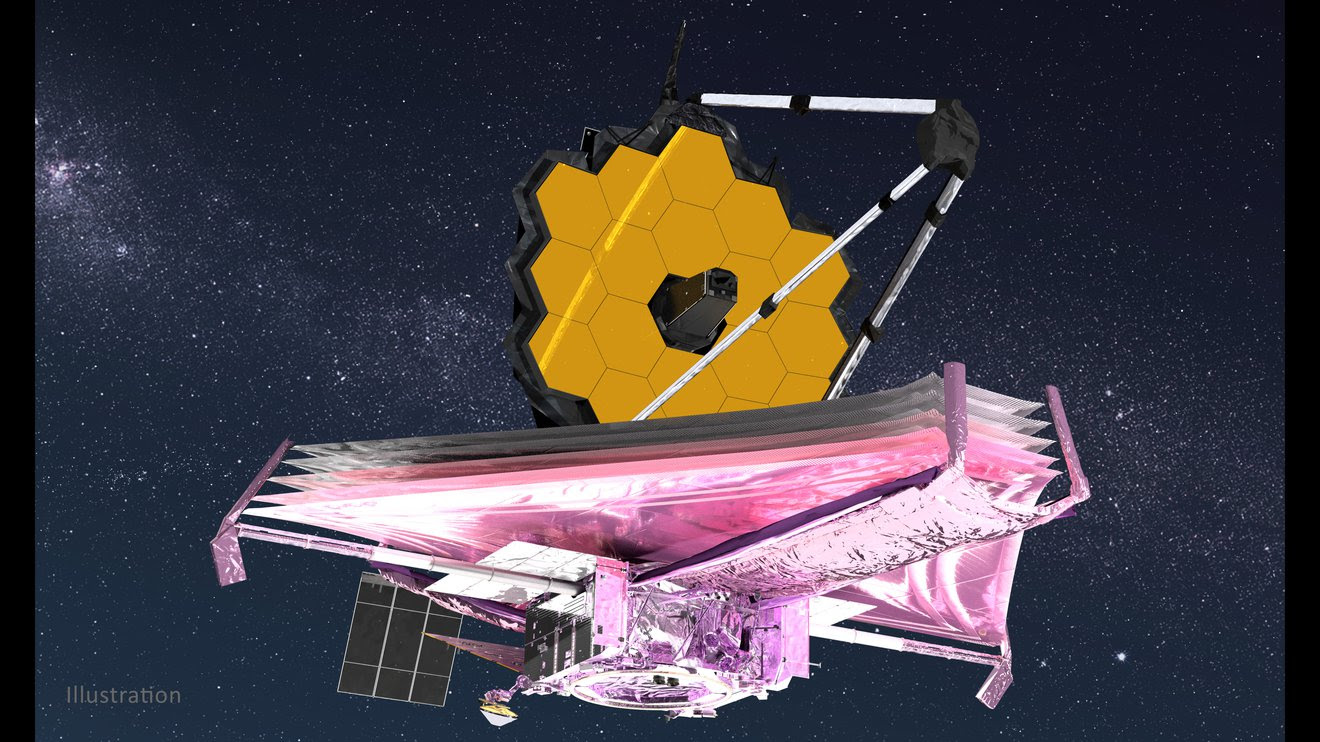 In this illustration, the multilayered sunshield on NASA’s James Webb Space Telescope stretches out beneath the observatory’s honeycomb mirror. The sunshield is the first step in cooling down Webb’s infrared instruments, but the Mid-Infrared Instrument (MIRI) requires additional help to reach its operating temperature.
In this illustration, the multilayered sunshield on NASA’s James Webb Space Telescope stretches out beneath the observatory’s honeycomb mirror. The sunshield is the first step in cooling down Webb’s infrared instruments, but the Mid-Infrared Instrument (MIRI) requires additional help to reach its operating temperature.
Credit: NASA GSFC/CIL/Adriana Manrique Gutierrez
STARS AND GALAXIES.
What’s Up – May 2022
April 29, 2022
What are some skywatching highlights in May 2022? May provides some great planet spotting, including a conjunction of Jupiter a conjunction of Jupiter and Mars.
 What are some skywatching highlights in May 2022? May provides some great planet spotting, including a close conjunction of Jupiter and Mars. At mid-month, a total eclipse of the Moon should delight skywatchers across the Americas, Europe, and Africa. And all month long, the Coma star cluster (aka, the Coma Berenices star cluster, or Melotte 111) is a great target for binoculars in the evening.
What are some skywatching highlights in May 2022? May provides some great planet spotting, including a close conjunction of Jupiter and Mars. At mid-month, a total eclipse of the Moon should delight skywatchers across the Americas, Europe, and Africa. And all month long, the Coma star cluster (aka, the Coma Berenices star cluster, or Melotte 111) is a great target for binoculars in the evening.
What’s Up: May 2022 Skywatching Tips from NASA
Apr 29, 2022 NASA Jet Propulsion Laboratory
What are some skywatching highlights in May 2022? May provides some great planet spotting, including a close conjunction of Jupiter and Mars. At mid-month, a total eclipse of the Moon should delight skywatchers across the Americas, Europe, and Africa. And all month long, the Coma star cluster (aka, the Coma Berenices star cluster, or Melotte 111) is a great target for binoculars in the evening. YouTube Full Description (i.e., “Show More”) 0:00 Intro 0:11 Planet-spotting opportunities 1:02 Lunar eclipse 2:27 The Coma star cluster 3:33 May Moon phases Additional information about topics covered in this episode of What’s Up, along with still images from the video, and the video transcript, are available at https://solarsystem.nasa.gov/skywatch….
Chapters
Transcript:
What’s Up for May? The planets of dusk and dawn, a lunar eclipse, and the Coma star cluster.
May begins and ends with a couple of great planet-spotting opportunities. On May 2nd, look to the west about 45 minutes after sunset to find Mercury about 10 degrees off the horizon, accompanied by a slim crescent moon. Just to the south of the Moon is brilliant red giant star Aldebaran, which should be roughly the same brightness as Mercury. (And by the way, this is the only chance to spot a naked-eye planet in the early evening until August.)
Then in the last week of May, you can watch each morning as Jupiter and Mars get increasingly close in the predawn sky. Their morning meetup culminates in a close conjunction that you can watch on the 28th through the 30th, where they’ll be separated by barely the width of the full moon. Should look incredible with binoculars, where you can also see Jupiter’s largest moons.
Skywatchers in the Western Hemisphere can look forward to a total lunar eclipse in mid-May. The event will be visible across the Americas, Europe, and Africa – basically anywhere the Moon is above the horizon at the time.
The visible part of the eclipse begins about 10:30pm U.S. Eastern time on May 15th, with totality starting an hour later and lasting for about an hour and a half. Those in the Eastern U.S. will see the eclipse start with the Moon well above the horizon. For the Central U.S., the eclipse starts about an hour and a half after dark, with the Moon relatively low in the sky. On the West coast of the U.S., the Moon rises with totality beginning or already underway, so you’ll want to find a clear view toward the southeast if viewing from there.
Now, lunar eclipses are the ones that are safe to look at directly with your eyes, binoculars, or a telescope (unlike solar eclipses).
The Moon takes on a dim, reddish hue during the period of totality. Even though the Moon is fully immersed in Earth’s shadow at that time, red wavelengths of sunlight filter through Earth’s atmosphere and fall onto the Moon’s surface. One way to think of this is that a total lunar eclipse shows us a projection of all the sunrises and sunsets happening on the planet at that moment.
So check your local details for this eclipse, and find lots more eclipse info from NASA at the address on your screen.
Finally in May, a really nice target for binoculars: the Coma star cluster. This loose, open star cluster displays 40 or 50 stars spread over a region of sky about three finger-widths wide. The brightest stars in the cluster form a distinctive Y shape, as seen here.
The Coma star cluster is located about 300 light years away, making it the second closest open cluster to Earth after the Hyades cluster in Taurus.
To find the Coma star cluster, look southward for the constellation Leo. It can be easiest to start from the Big Dipper, toward the north, and use the two “pointer stars” on the end which always point you toward Leo. Once you’ve identified Leo, the Coma star cluster is about 15 degrees to the east of the triangle of stars representing the lion’s hindquarters. It’s relatively easy to find with binoculars, even under light-polluted urban skies – as long as it’s clear out.
So here’s wishing you clear skies for finding the Coma star cluster and any other wonders you discover in the night sky in May.
Here are the phases of the Moon for May.
Stay up to date with all of NASA’s missions to explore the solar system and beyond at nasa.gov. I’m Preston Dyches from NASA’s Jet Propulsion Laboratory, and that’s What’s Up for this month.
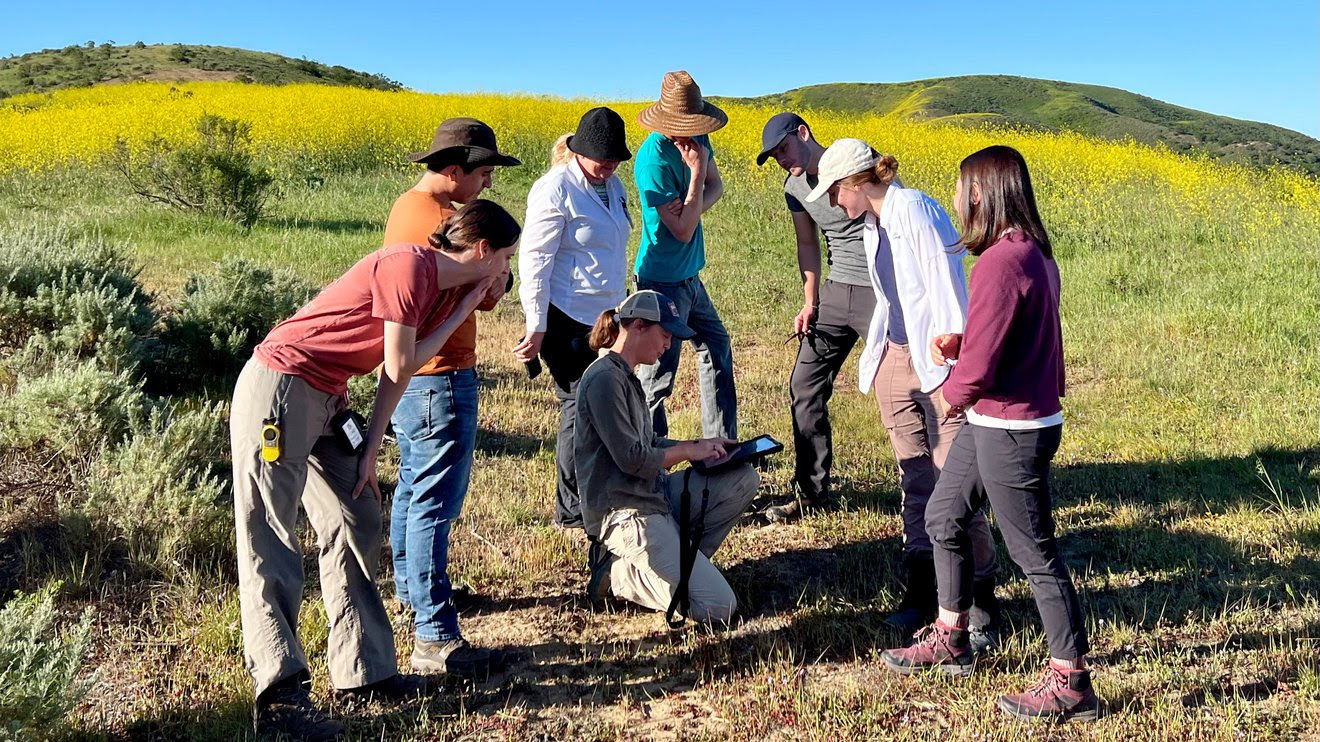
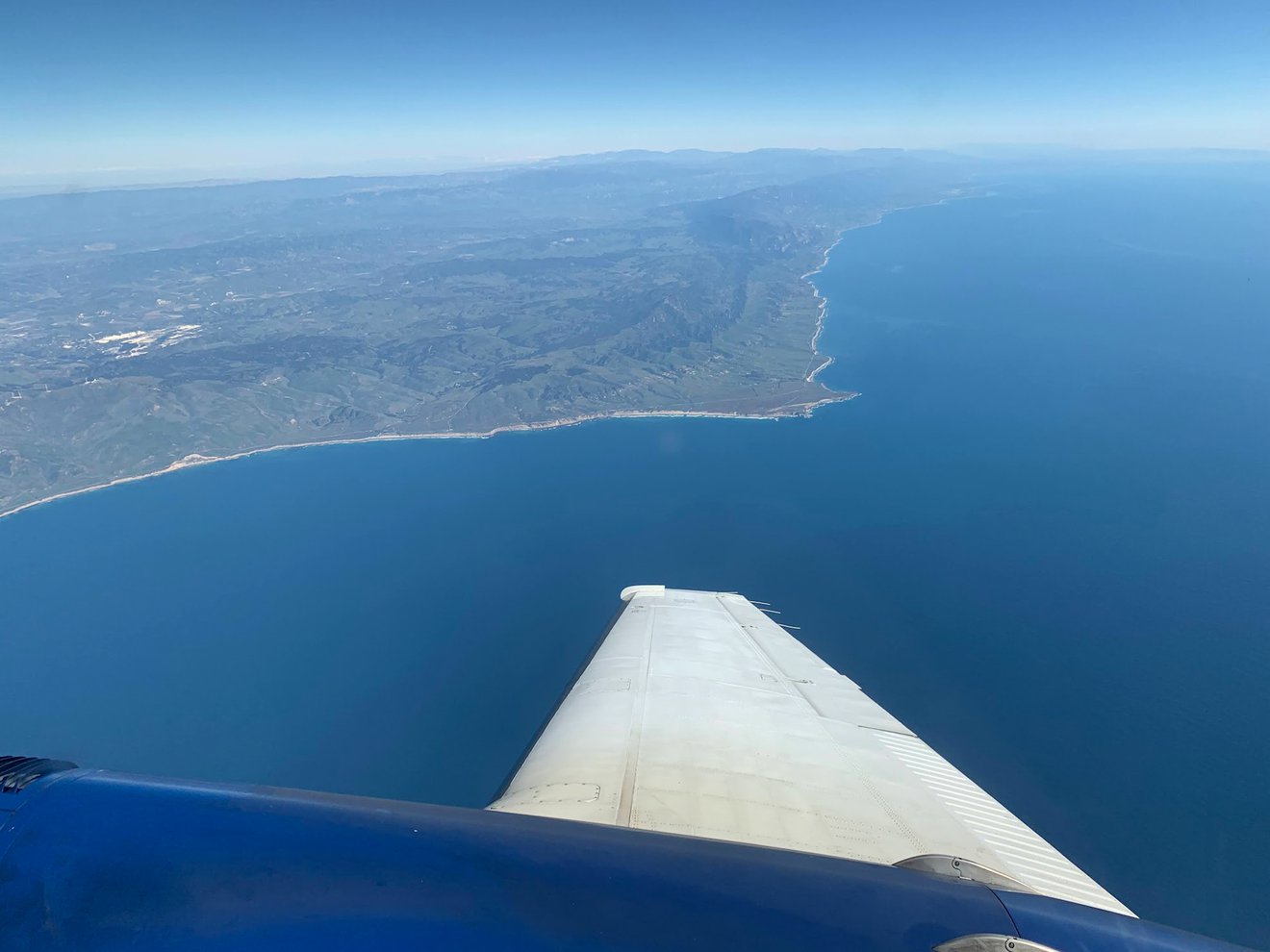





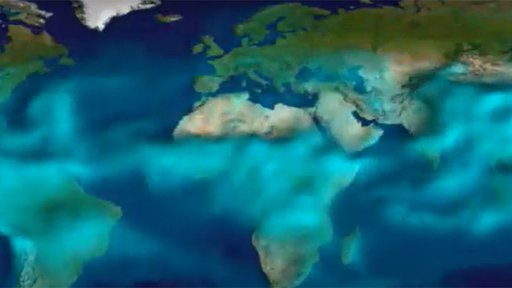





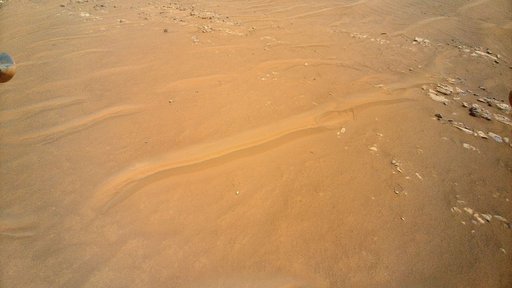
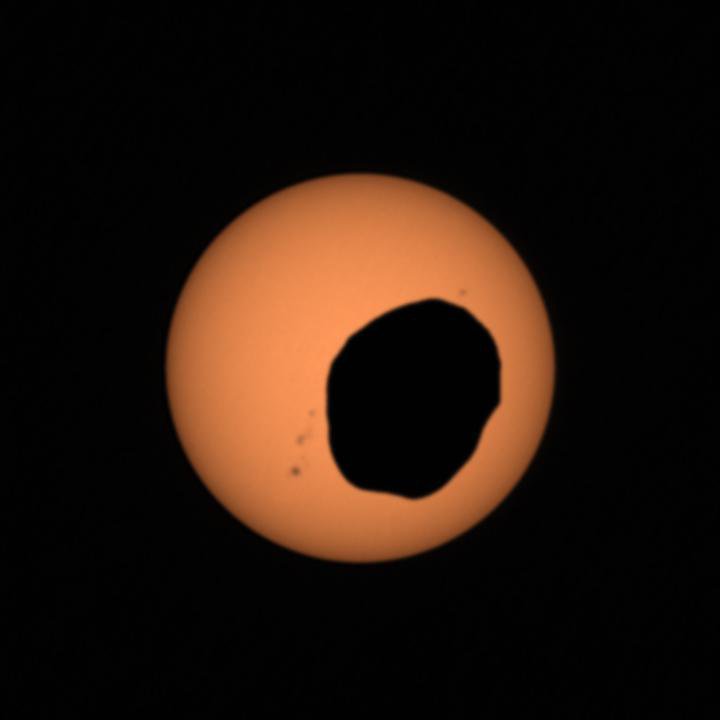
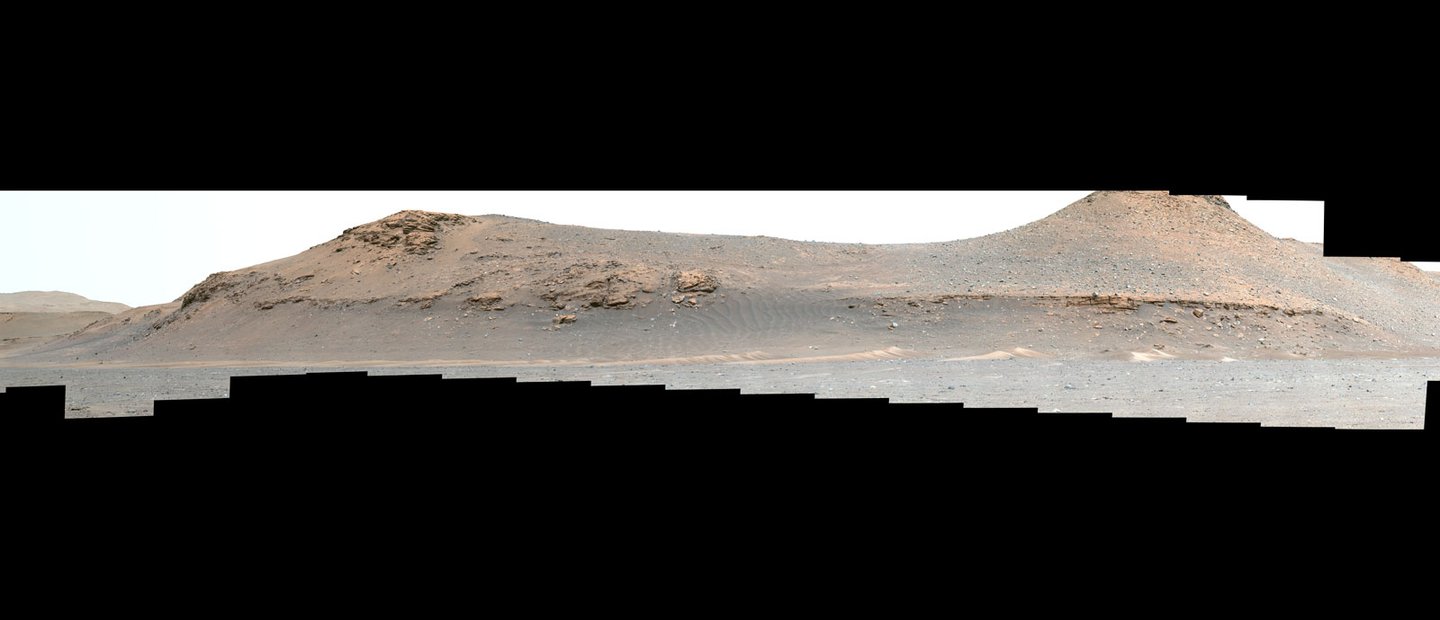
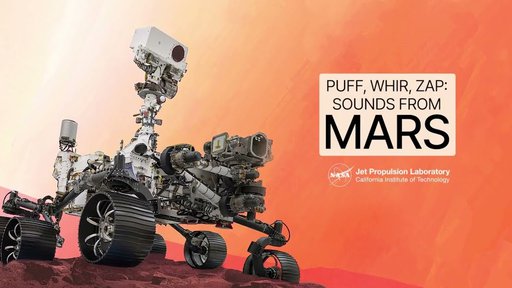
Leave a Reply